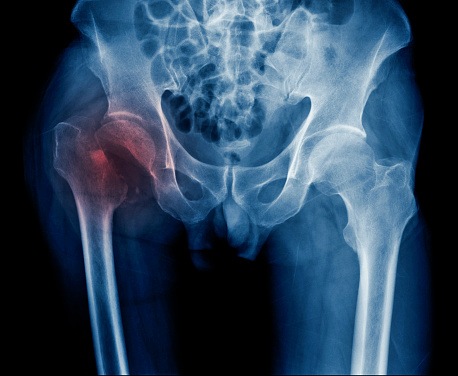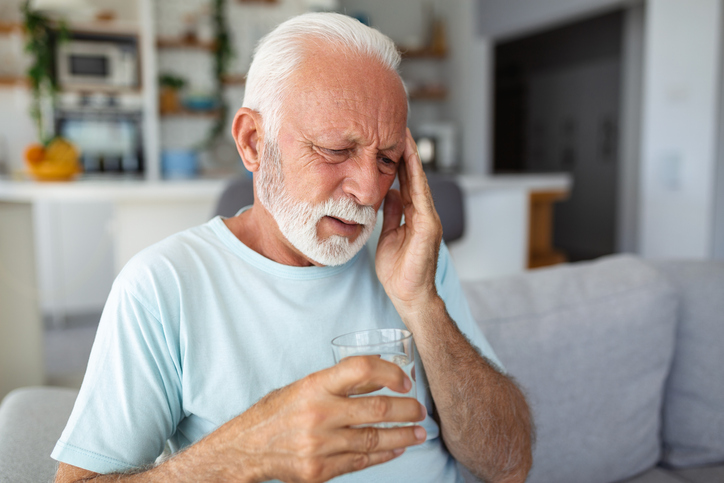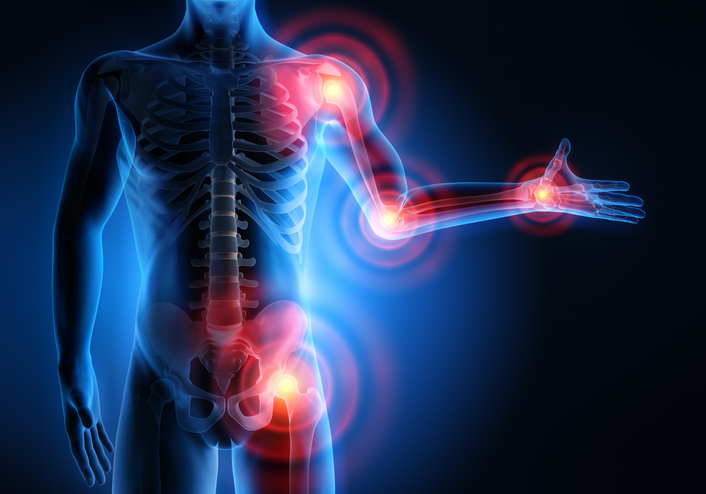
According to a new study published in JAMA, for older adults with hip fractures, a multicomponent home-based physical therapy intervention is effective in helping individuals regain their ability to walk, but has no significant impact on their everyday functions, such as crossing the street.
In a parallel, 2-group randomized clinical trial conducted at across three US clinical centers (Arcadia University, University of Connecticut Health Center, and University of Maryland, Baltimore) researchers evaluated 210 randomized participants (mean age, 81 years, 77% women). The population of interest were aged 60 years and older and enrolled after nonpathologic, minimal trauma hip fracture, and were living in the community and walking without human assistance before the fracture. Subsequently, they were assessed within 26 weeks of hospitalization, and were not able to walk during daily activities at the time of enrollment. The participants were randomized and reassessed 16 and 40 weeks later.
The study included a training intervention (active treatment) (n = 105) included aerobic, strength, balance, and functional training. The active control group of participants (n = 105) were administered transcutaneous electrical nerve stimulation and active range-of-motion exercises. Both groups received two to three home visits from a physical therapist weekly for 16 weeks; nutritional counseling; and daily vitamin D (2000 IU), calcium (600 mg), and multivitamins. The primary endpoint was specified as walking 300 miles or more in six minutes at 16 weeks after randomization. Randomization began on September 16, 2013 and ended on June 20, 2017, follow-up ended on October 17, 2017.
Pleasing Results
The results of the study showed that 22 of 96 training participants (22.9%) and 18 of 101 active control participants (17.8%) became community ambulators. Moreover, 17 training participants (16.2%) and 15 control participants (14.3%) had at least one reportable adverse event during the intervention period. Researchers observed that the most common reportable adverse events reported were falls (training: 6 [5.7%], control: 4 [3.8%]), femur/hip fracture (2 in each group), pneumonia (training: 2, control: 0), urinary tract infection (training: 2, control: 0), dehydration (training: 0, control: 2), and dyspnea (training: 0, control: 2).
“Many older adults face challenges regaining mobility after hip fracture,” said Richard Fortinsky, PhD, Professor and Health Net, Inc. Endowed chair in Geriatrics and Gerontology at UConn Health, who was the study’s lead researcher at the UConn Health Campus of the University of Connecticut in a press release.
Association Between Childhood Behavioral Problems and Insomnia in Adulthood https://t.co/vPfotCzjal
— Richard G. Soper, MD (@soper_md) September 6, 2019
“We were pleased that in this study a sizeable number of participants achieved community ambulation capacity. However, much more needs to be done to develop and carry out targeted and creative rehabilitation programs that will benefit greater numbers of older adults who strive to become community ambulators following hip fracture.”
Association Between Childhood Behavioral Problems and Insomnia in Adulthood https://t.co/DwoMT9Tnhj
— Yohannes Adama Melaku (ዮሐንስ) (@Yohannes_A_M_6) September 8, 2019







 © 2025 Mashup Media, LLC, a Formedics Property. All Rights Reserved.
© 2025 Mashup Media, LLC, a Formedics Property. All Rights Reserved.